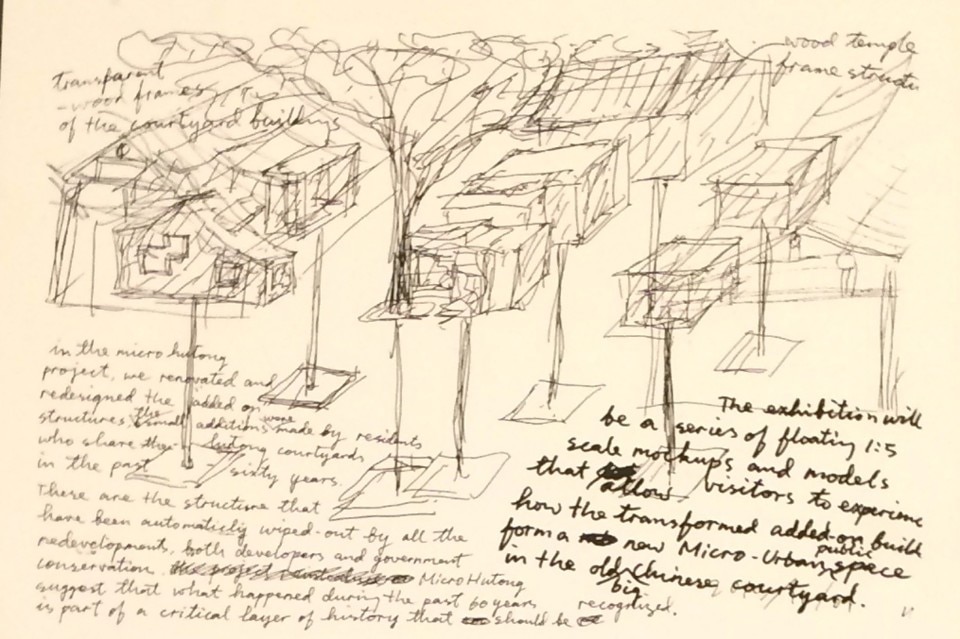Many works on show travel intrinsically in this direction while some seem to belong more to that élite group of architects who have always been popular with the rich and adopted an ethical mantle more for media purposes than out of true vocation.
China takes a fascinating stance at the Biennale with a reflection expressed by several on the forms and methods of architecture. It is this nation-continent, along with Africa and India, that is the most critical and significant example – for the numbers/proportions with which building impacts on the economy and in society and for the speed and entity of the modernisation phenomena in motion – if we are to determine and assert a potential social and collective role for architecture.
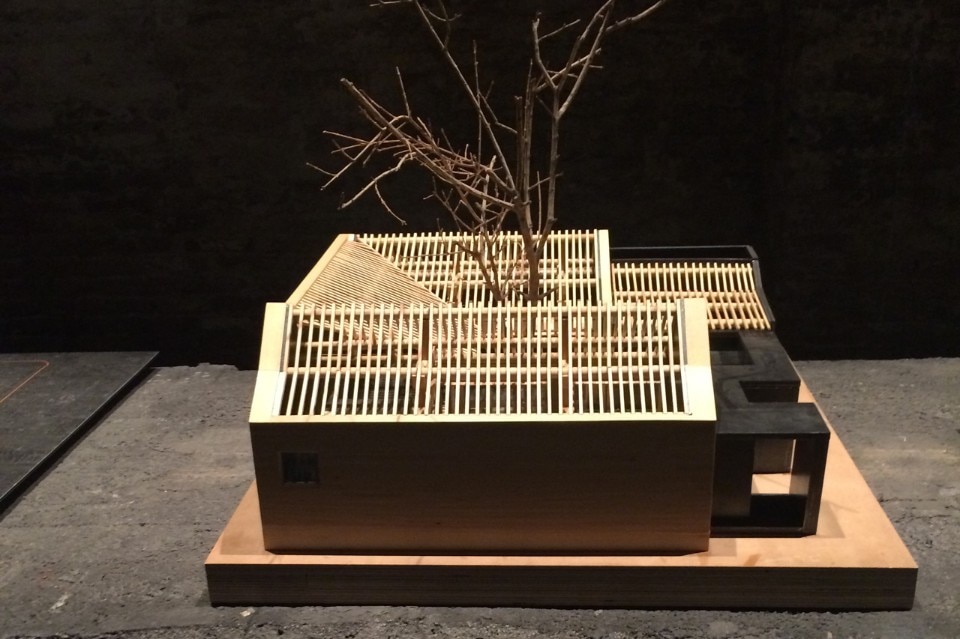
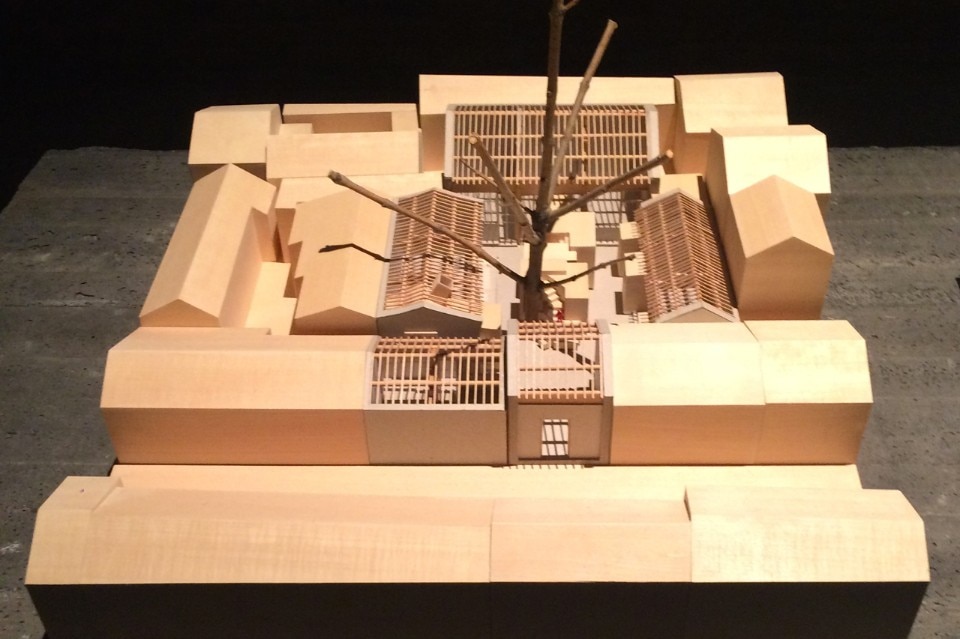
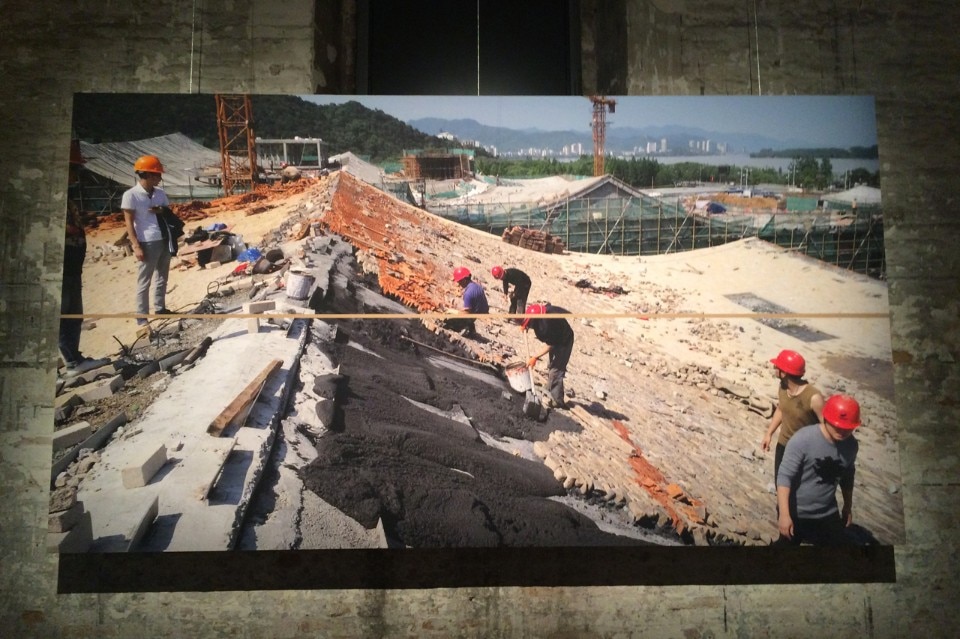
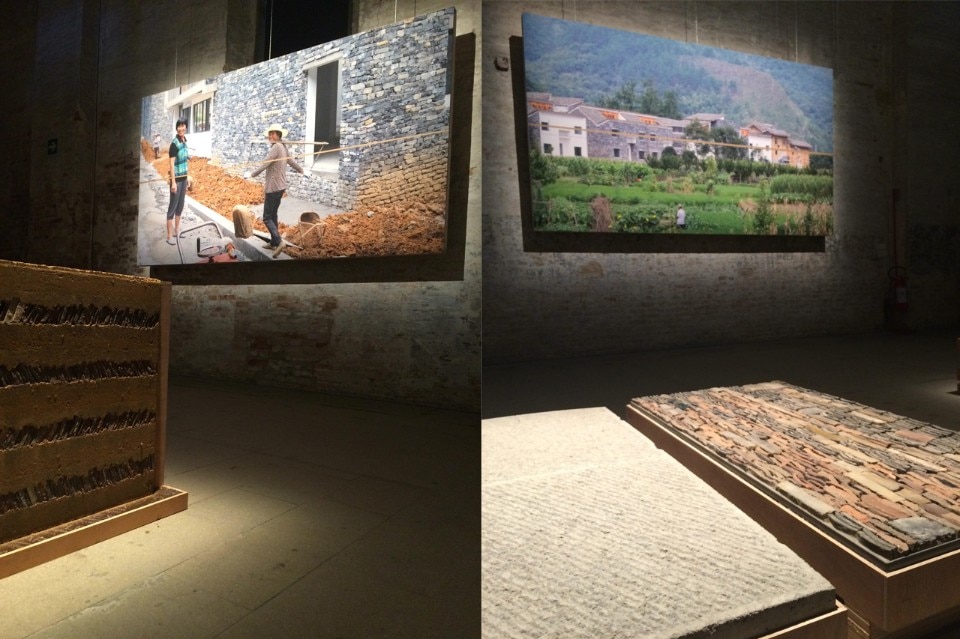
Zhang Ke has embarked on a battle against the tabula rasa of the Chinese city by revisiting the hutong, a traditional courtyard type replaced by the late-Modernist suburban skyscrapers built to accommodate the huge influxes to the cities. The work hypotheses explored using models (a constant presence in this Biennale) show the concept of an efficient city with a high standard of living created using a new dense but not intensive model.
China is an ongoing workshop and still has time to define a human path towards full-on modernity via architecture.


